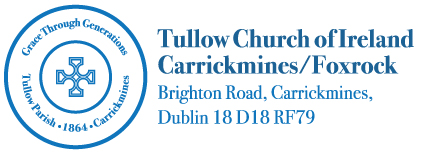The Passion of Jesus is His suffering and death. Before the word passion (an English word from Latin) meant any type of intense emotion, it was used exclusively to refer to the suffering of Jesus on the cross. Hence we have Mel Gibson’s The Passion of the Christ and Passion plays.
Passiontide is the last two weeks of Lent. Older in the history of the Church than Lent, Passiontide prepares us as we move through Palm Sunday and into Holy Week with Maundy Thursday, Good Friday, the Vigil of Easter, and the Feast of our Lord’s Resurrection. The first four weeks of Lent have been a time for deep penitential reflection. And now that penitence intensifies as we begin to read and consider the account of Christ’s passion.
We’ve been on a liturgical descent, of sorts. Three weeks before the beginning of Lent, known as Gesimatide, we stopped singing Alleluia and the Gloria. Then, when Lent arrived, we began to fast with our bodies. Now, for Passiontide, we begin a journey toward Good Friday which will bring us to the Feast of the Resurrection of our Lord.
The last verse of the Holy Gospel for Passion Sunday says, “Jesus hid himself and went out of the temple.” Therefore, it has been customary in the Church to veil all images of Jesus and the crosses following the Gospel reading. Why? Our eyes begin to fast, as well. The cross is beautiful; it is a marvellous reminder of the depth of God’s love for us that He would die on the cross for us. But we are not worthy of this sacrifice. And so, the picture of it is taken away for a while. This helps tell the story of Lent. The cross will be unveiled on Good Friday as we consider the stark truth that the Son of God suffered and died for us. And as we’ve seen each year, the cross will be unveiled at the Easter, when we begin to celebrate the Lord’s triumph over sin, death, and the devil. We see Christ once again in his risen glory and our spirit is renewed.
As the saying goes, a picture is worth a thousand words. So we teach the story of Jesus Christ and his crucifixion not only with words. We also teach it with pictures – and the use of colours, rituals, and ceremonies. These ancient practices all aid in our learning about our Crucified and Risen Saviour.
Be watching…
